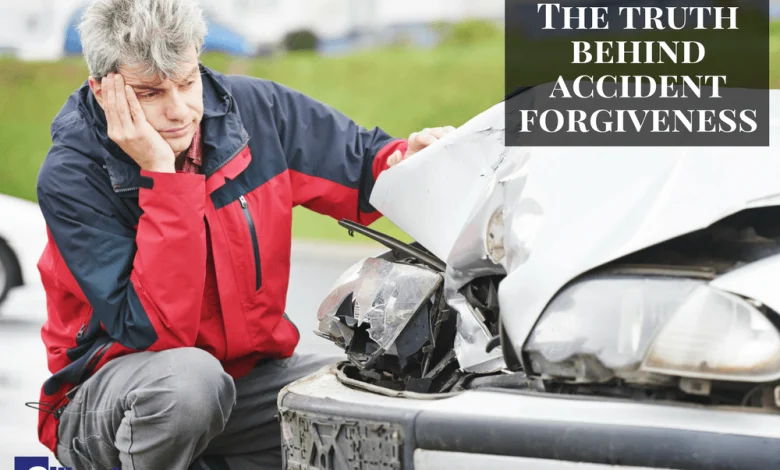How Much Does Car Insurance Go Up After An Accident

Accidents happen. When they do, one question looms large: how much does car insurance go up after an accident? Knowing what to expect can help you prepare. Insurance rates often increase due to perceived risk. After an accident, your insurer may see you as a greater risk, leading to higher premiums. It’s frustrating but understanding the factors can lessen the shock. The type of accident, your previous driving history, and who was at fault matter. Roger Varner Law has dealt with countless cases where clients faced sudden rate hikes. They emphasize the importance of understanding your policy and rights. Awareness is your first line of defense. Checking your policy after an accident can reveal what’s covered and what penalties might apply. Knowledge empowers you to make informed choices. Stay informed and take proactive steps to manage the impact of an accident on your insurance rates.
Understanding Car Insurance Rate Increases
After an accident, your insurer might raise your rates. This hike depends on various elements. The severity of the accident plays a significant role. More severe accidents can result in higher increases. However, even minor accidents can change your insurance costs.
Factors Affecting Rate Hikes
Several factors determine how much your insurance rates will rise. These elements include:
- Fault determination
- Severity of the accident
- Your previous driving record
- Type of insurance coverage
Fault determination is crucial. If you are at fault, expect a noticeable increase. Your driving record also influences rate changes. A clean record might buffer against sharp hikes.
Typical Rate Increases
On average, car insurance rates can increase by 20% to 50% after an accident. This jump is just an average and can vary. Below is a table showing average rate increases by accident type:
| Type of Accident | Average Increase |
| Minor Collision | 20% |
| Major Accident | 50% |
| Hit-and-Run | 100%+ |
State Regulations
Not all states handle accident-related rate increases the same way. Some states have regulations that limit how much insurers can raise rates. For specific state regulations, visit the National Association of Insurance Commissioners website.
Steps to Mitigate Increases
There are steps you can take to manage and potentially reduce the impact of an increase:
- Safe driving courses
- Increasing your deductible
- Shopping around for better rates
Safe driving courses can show insurers your commitment to improving driving habits. Increasing your deductible might reduce your premium, but be cautious. Ensure that a higher deductible is affordable in the event of another accident. Shopping around can reveal more competitive rates from different insurers.
Accident Forgiveness
Some insurers offer accident forgiveness. This benefit allows your first accident to be overlooked, preventing a rate hike. However, accident forgiveness usually comes with certain conditions. Make sure to check if your policy includes this feature.
Conclusion
Understanding what affects your car insurance rates after an accident is essential. You cannot control how insurers adjust their rates, but you can stay informed. Take the necessary steps to prepare for potential increases. By being proactive, you can reduce the financial stress of an accident. For more information on insurance impacts, visit the Consumer Reports website. Stay vigilant, and take steps to protect yourself after an accident.




